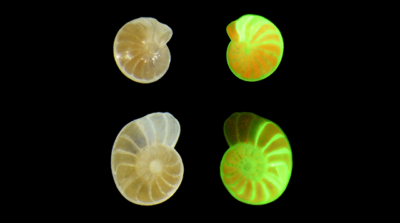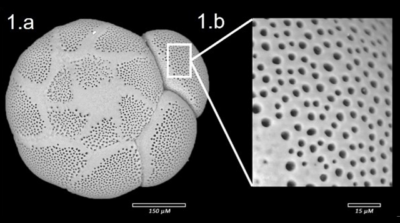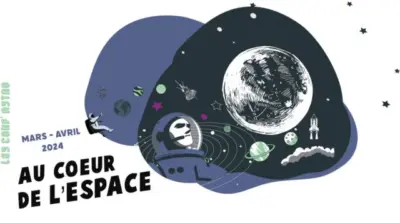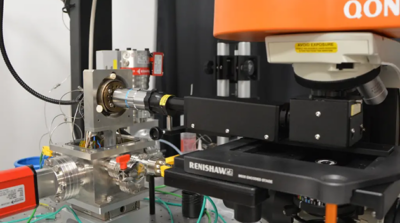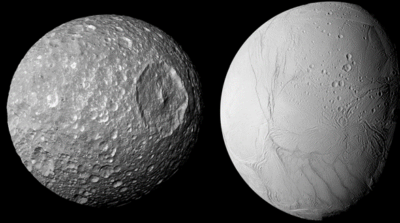24 avril 2024
Angers Autumn School “Foraminifères et Géochimie”
L’École d’Automne d’Angers AAS – Édition 2024, intitulée “Foraminifères et Géochimie”, se déroulera du 30 septembre au 4 octobre 2024, à l’Université d’Angers. Cette école proposera une approche innovante de […]
2 avril 2024
Sujets de thèses proposés au LPG en 2024
1- The role of ice on the formation of martian valley networks Thousands of valley networks incise the Martian southern hemispheric highlands, and stand as a reflect of an ancient […]
29 mars 2024
Colloque Planetoexobio2024 : Colloque Français en Planétologie et Exobiologie du 1 au 5 juillet à Nantes
Le colloque Planetoexobio2024 est la première conférence nationale française d’une semaine combinant les sciences planétaires et l’astrobiologie.Elle est le résultat d’une collaboration entre le Programme d’Équipement de Recherche Prioritaire (PEPR) […]
15 mars 2024
Impacts potentiels de l’activité des cable bacteria sur les foraminifères benthiques à coquille indurée : implications pour leur interprétation comme bioindicateurs ou paléoproxis
L’effet de l’acidification des sédiments marins côtiers par les cable bacteria sur les foraminifères a été documenté dans les vasières intertidales de la rivière d’Auray (Morbihan, 56). Cette forte diminution […]
13 mars 2024
Conférences « Au cœur de l’Espace » édition 2024
Terre des Sciences, le Laboratoire de planétologie et géosciences, Curiosity-ESEO, EU*Asia Institute de l’ESSCA et Ciel d’Anjou, vous emmènent dans leur fusée vivre de nouvelles aventures « Au cœur de l’espace » […]
11 mars 2024
Emplois
Actuellement, deux profils d’enseignant-chercheur, d’ATER, un post-doctorat et un poste de technicien.ne en gestion financière et administrative sont proposés : 1- Le Laboratoire de Planétologie et Géosciences et le département […]
22 février 2024
Un spectromètre Raman pour étudier la matière organique complexe
Le projet ERC Promises porte l’ambition de comprendre le rôle de la matière organique complexe en interaction avec l’eau et les roches à haute-pression dans les conditions des lunes de […]
12 février 2024
Découvrez le reportage “Alaska : le sol se dérobe” avec Susan Conway, planétologue CNRS !
L’Alaska subit de plein fouet le changement climatique. Avec la hausse des températures, le pergélisol, ce sol gelé en permanence, se dégrade et les glissements de terrain se multiplient, menaçant […]
8 février 2024
Naissance d’un océan sur la lune de Saturne, Mimas
S’il y a bien un objet dans le Système solaire au sein duquel l’on ne s’attendait pas à trouver de l’eau à l’état liquide, c’est sans nul doute Mimas. À […]
